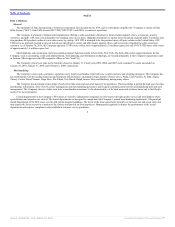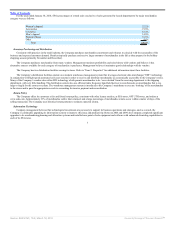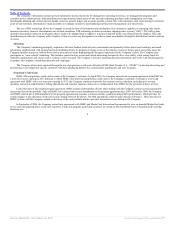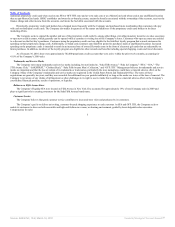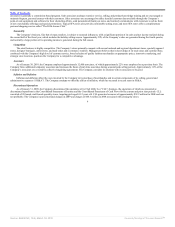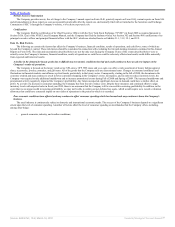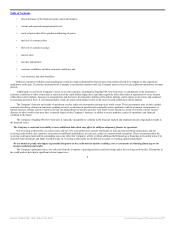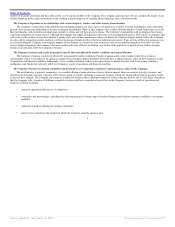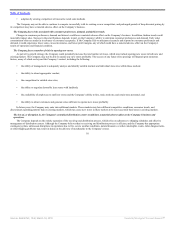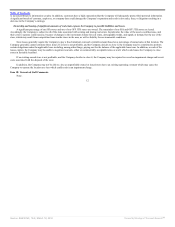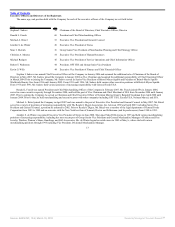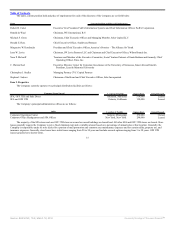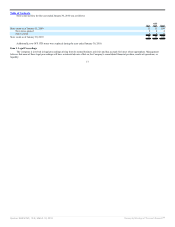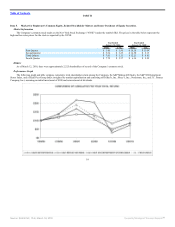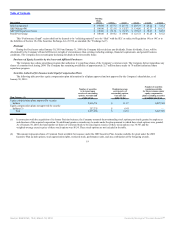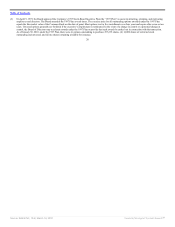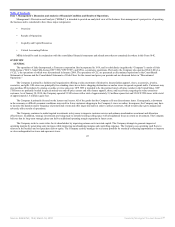Saks Fifth Avenue 2009 Annual Report Download - page 14
Download and view the complete annual report
Please find page 14 of the 2009 Saks Fifth Avenue annual report below. You can navigate through the pages in the report by either clicking on the pages listed below, or by using the keyword search tool below to find specific information within the annual report.
Table of Contents
to increased threats to information security. In addition, customers have a high expectation that the Company will adequately protect their personal information.
A significant breach of customer, employee, or company data could damage the Company’s reputation and result in lost sales, fines, or litigation resulting in a
decrease in the Company’s earnings.
Ownership and leasing of significant amounts of real estate exposes the Company to possible liabilities and losses.
A significant percentage of our SFA stores and one of our OFF 5TH stores are owned. The remainder of our SFA and OFF 5TH stores are leased.
Accordingly, the Company is subject to all of the risks associated with owning and leasing real estate. In particular, the value of the assets could decrease, and
their costs to operate could increase, because of changes in the investment climate for real estate, demographic trends, and supply or demand for the use of the
store, which may result from competition from similar stores in the area, as well as liability for environmental conditions.
Store leases generally require the Company to pay a fixed minimum rent and a variable amount based on a percentage of annual sales at that location. The
Company generally cannot terminate these leases. If a store is not profitable, and the Company decides to close it, the Company may be committed to perform
certain obligations under the applicable lease including, among other things, paying rent for the balance of the applicable lease term. In addition, as each of the
leases expires, the Company may be unable to negotiate renewals, either on commercially acceptable terms or at all, which could cause the Company to close
stores in desirable locations.
If an existing owned store is not profitable, and the Company decides to close it, the Company may be required to record an impairment charge and/or exit
costs associated with the disposal of the store.
In addition, the Company may not be able to close an unprofitable owned or leased store due to an existing operating covenant which may cause the
Company to operate the location at a loss which could result in an impairment charge.
Item 1B. Unresolved Staff Comments.
None.
12
Source: SAKS INC, 10-K, March 18, 2010 Powered by Morningstar® Document Research℠


